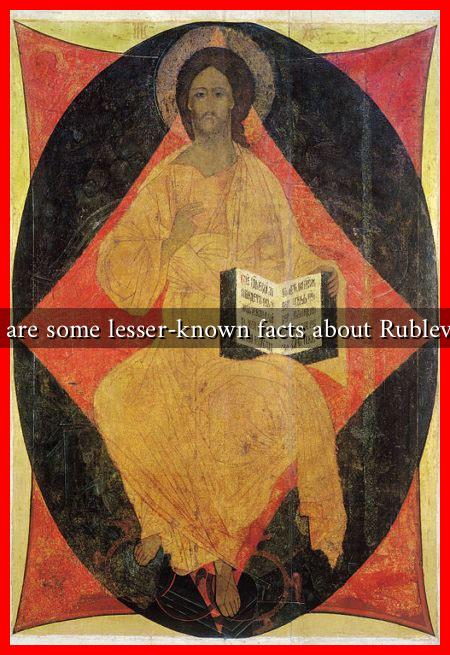-
Table of Contents
What are Some Lesser-Known Facts About Rublev’s Life?
Andrei Rublev, a name synonymous with Russian iconography, is often celebrated for his ethereal and spiritual artworks. While many are familiar with his most famous piece, the “Trinity,” there are numerous lesser-known aspects of his life that provide a deeper understanding of the man behind the masterpieces. This article delves into some intriguing facts about Rublev’s life, exploring his background, influences, and the historical context in which he worked.
Early Life and Background
Andrei Rublev was born around 1360, likely in the city of Moscow. His early life remains shrouded in mystery, but several factors shaped his artistic journey:
- Monastic Influence: Rublev was deeply influenced by the monastic lifestyle. He entered the Trinity Monastery of St.
. Sergius, a significant center for Orthodox Christianity, which played a crucial role in his spiritual and artistic development.
- Historical Context: Rublev lived during a tumultuous period in Russian history, marked by the Mongol invasion and the subsequent rise of Moscow as a cultural and political center. This context influenced his themes of hope and divine grace in his work.
- Artistic Training: It is believed that Rublev trained under the guidance of the Byzantine tradition, which was prevalent in Russia at the time. His exposure to this style helped him develop a unique approach that blended Byzantine and emerging Russian elements.
Spirituality and Artistic Philosophy
Rublev’s art is often described as a reflection of his deep spirituality. His works are imbued with a sense of divine presence, which can be attributed to several factors:
- Iconography: Rublev’s icons are characterized by their use of light and color to convey spiritual truths. He believed that art should serve as a bridge between the divine and the earthly, a philosophy that is evident in his most famous works.
- Emphasis on Community: Rublev’s work was not just a personal expression; it was intended for communal worship. His icons were created for churches and monasteries, aiming to inspire collective spirituality among the faithful.
- Influence of St. Sergius: The teachings of St. Sergius of Radonezh, a prominent figure in Russian Orthodoxy, greatly influenced Rublev’s artistic philosophy. St. Sergius emphasized humility and the importance of community, themes that resonate throughout Rublev’s work.
Collaborations and Artistic Legacy
While Rublev is often viewed as a solitary genius, he was part of a larger artistic community. His collaborations and the impact of his work are noteworthy:
- Collaboration with Other Artists: Rublev worked alongside other prominent artists of his time, including Daniil Chorny. Their collaboration on the frescoes of the Cathedral of the Assumption in Vladimir showcases the collective effort in creating sacred art.
- Influence on Future Generations: Rublev’s style and techniques influenced countless artists in Russia and beyond. His approach to iconography laid the groundwork for future generations, making him a pivotal figure in the history of Russian art.
- Recognition Posthumously: Although Rublev’s work was not widely recognized during his lifetime, he gained significant acclaim in the 19th century. His legacy was solidified when he was canonized as a saint by the Russian Orthodox Church in 1988.
Conclusion: The Enduring Legacy of Andrei Rublev
Andrei Rublev’s life and work are a testament to the power of art as a medium for spiritual expression and communal connection. His lesser-known facts reveal a man deeply rooted in his faith, influenced by his historical context, and committed to his artistic community. From his early life in Moscow to his collaborations with other artists, Rublev’s journey is a rich tapestry that continues to inspire and resonate with audiences today.
As we reflect on Rublev’s contributions, it is essential to recognize the enduring impact of his work on Russian culture and spirituality. His icons remain not only artistic masterpieces but also vital expressions of faith that continue to touch the hearts of many. For those interested in exploring more about Rublev’s life and works, resources such as the Encyclopedia Britannica provide valuable insights into this remarkable artist’s legacy.





